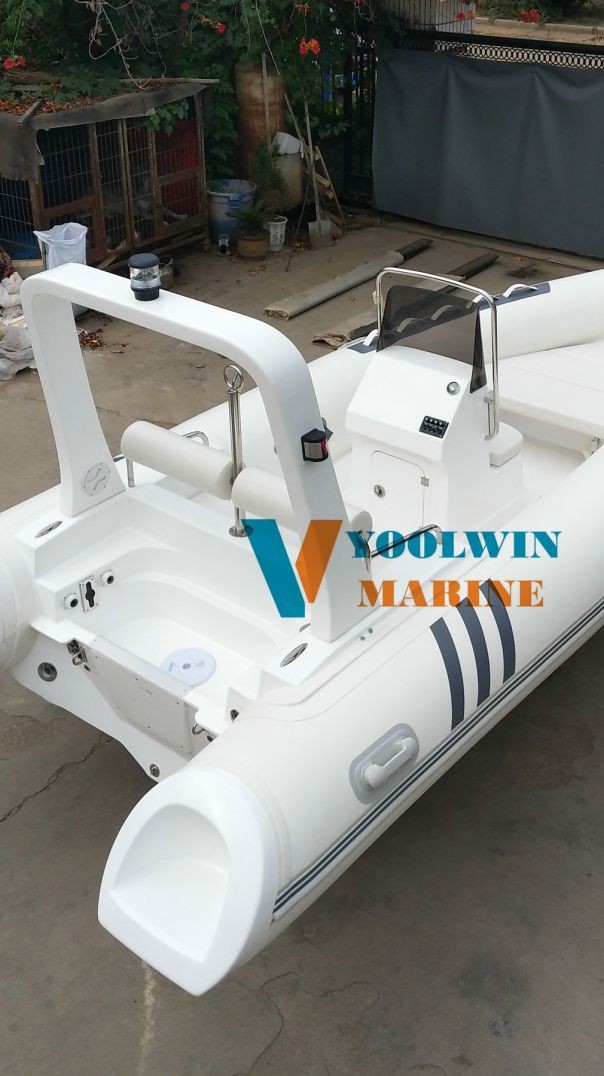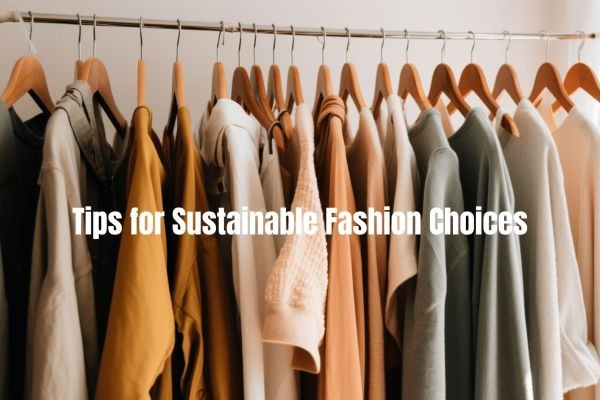Introduction
The fashion industry is undergoing a transformation. With growing awareness of the environmental and ethical issues associated with fast fashion, many consumers are seeking more sustainable and responsible ways to express their style. In this article, we'll explore the concept of sustainable fashion and provide valuable tips for making eco-conscious choices when it comes to your wardrobe.
Understanding Sustainable Fashion
Sustainable fashion is a movement that promotes clothing designed, produced, and distributed with consideration for both the environment and the well-being of garment workers. It emphasizes longevity, quality, and ethical practices throughout the supply chain.
Why Sustainable Fashion Matters
The fashion industry is notorious for its negative impact on the environment, from excessive water use to textile waste. Additionally, many fast fashion brands have been linked to unethical labor practices. Sustainable fashion matters because it offers a solution to these issues, allowing consumers to make choices that are kinder to the planet and to the people involved in the production process.
Tips for Making Sustainable Fashion Choices
a. Buy Less, Choose Well
Instead of indulging in impulsive, trendy purchases, adopt the mantra of "buy less, choose well". Invest in timeless pieces that can be styled in multiple ways, extending their lifespan in your wardrobe.
b. Prioritize Quality Over Quantity
Opt for quality over quantity. High-quality items tend to last longer, reducing the need for frequent replacements. While they may be a bit pricier upfront, they often save you money in the long run.
c. Support Ethical and Transparent Brands
Research and support brands that are committed to ethical and transparent practices. Look for companies that pay fair wages, provide safe working conditions, and have clear sourcing policies.
d. Shop Secondhand and Vintage
Embrace secondhand and vintage shopping. Thrift stores, consignment shops, and online vintage marketplaces offer unique finds while reducing the demand for new production.
e. Consider Sustainable Fabrics
Learn about sustainable fabrics and materials. Look for clothing made from organic cotton, Tencel, hemp, or recycled materials. These options have a lower environmental impact.
f. Care for Your Clothes
Proper clothing care is essential. Follow care labels, mend items when they're damaged, and wash clothes at lower temperatures to extend their lifespan.
g. Participate in Clothing Swaps
Consider clothing swaps with friends or local communities. Swapping clothes not only adds variety to your wardrobe but also helps keep garments in use for a longer time.
h. DIY and Upcycling
Explore DIY and upcycling projects. Transform old or worn-out clothing into something new and stylish. It's a creative way to reduce waste and personalize your wardrobe.
The Role of Consumer Activism
As a consumer, your choices and actions have the power to influence the fashion industry. By supporting sustainable brands, raising awareness, and demanding transparency, you can be a part of the consumer activism movement that is pushing for more responsible fashion practices.
Conclusion
Sustainable fashion is not a passing trend but a shift toward more conscious consumer choices. By adopting the tips and principles of sustainable fashion, you can contribute to a healthier planet, fairer working conditions, and a more responsible fashion industry. Your wardrobe can become a reflection of your values, where style meets sustainability, and where every clothing choice makes a positive impact.
































cruisingkitchens
10 months ago